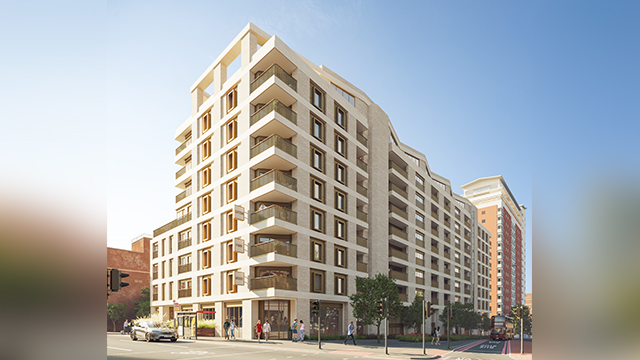Listed building consent – Reference to secretary of state – Section 12(3A) of Planning (Listed Buildings and Conservation Areas) Act 1990 – Planning permission given for extensive scheme of redevelopment to station including demolition of listed buildings – Certain works to station authorised by earlier order of secretary of state made under section 1 of Transport and Works Act 1992 – Whether application for listed building consent in connection with redevelopment scheme to be referred to secretary of state under section 12(3A) of 1990 Act – Appeal dismissed
In March 2012, the first respondent local planning authority granted planning permission, listed building consent and conservation area consents for an extensive redevelopment of London Bridge station in connection with the Thameslink programme. The redevelopment involved the creation of a new station concourse and required the demolition of a Grade II listed train shed and station arches along with a landmark railway office building located in a conservation area. Although certain works to the station had earlier been authorised by the Network Rail (Thameslink 2000) Order 2006, made by the relevant secretary of state pursuant to section 1 of the Transport and Works Act 1992, the development for which planning permission was granted in March 2012 involved a different scheme and required fresh planning applications.
The appellant, as a local resident and representative of an action group, applied for permission to seek judicial review of the grant of planning permission and other related decisions. One ground of challenge was that the application for listed building consent should have been referred to the secretary of state pursuant to section 12(3A) of the Planning (Listed Buildings and Conservation Areas) Act 1990, since it was “required in consequence of proposals included in an application for an order under section 1 or 3 of the Transport and Works Act 1992”, within the meaning of section 12(3A).
Refusing permission in the court below, the judge held that the purpose of section 12(3A) was to reserve for the secretary of state’s consideration issues of listed building consent that were parasitic on the limited works identified in an order under the 1992 Act, for which planning permission was deemed to be given by virtue of section 16 of the 1992 Act and with which the local planning authority was therefore not involved. He held that where the local planning was properly involved in considering planning permission for a more extensive scheme, then the listed building consents required for that whole scheme should be considered by the local planning authority. The appellant appealed.
Held: The appeal was dismissed.
An order under section 1 of the 1992 Act could give rise to a deemed planning permission. The requirement to refer an application for listed building consent to the secretary of state, under section 12(3A) of the 1990 Act, was consequential on a specific deemed permission under the order. The listed building consent sought in connection with the London Bridge redevelopment scheme was not parasitic on something that had deemed planning permission under the 2006 Order. It was an integral part of a much wider application for which planning permission was necessary; the listed building issue was a consequence of that wider application. Accordingly, the first respondent had been entitled to decide the issue and had not been required to refer it to the secretary of state. The appellant’s submissions on the issue were unarguable.
The claimant’s other grounds of challenge, alleging deficiencies in the environmental statement submitted with the planning application and misunderstandings regarding the amount of retail space to be included in the development, and challenging a decision by the second respondent, the Mayor of London, not to determine the application himself, were also held to have no merit.
Stephen Whale (instructed by public access) appeared for the claimant; Daniel Kolinsky (instructed by the legal department of Southwark London Borough Council) appeared for the first defendants; Douglas Edwards QC (instructed by TFL Legal) appeared for the second respondent; Tim Mould QC (instructed by Bircham Dyson Bell LLP) appeared for the first interested party, English Heritage; the second and third interested parties, Network Rail and the Department for Transport, did not appear and were not represented.
Sally Dobson, barrister






